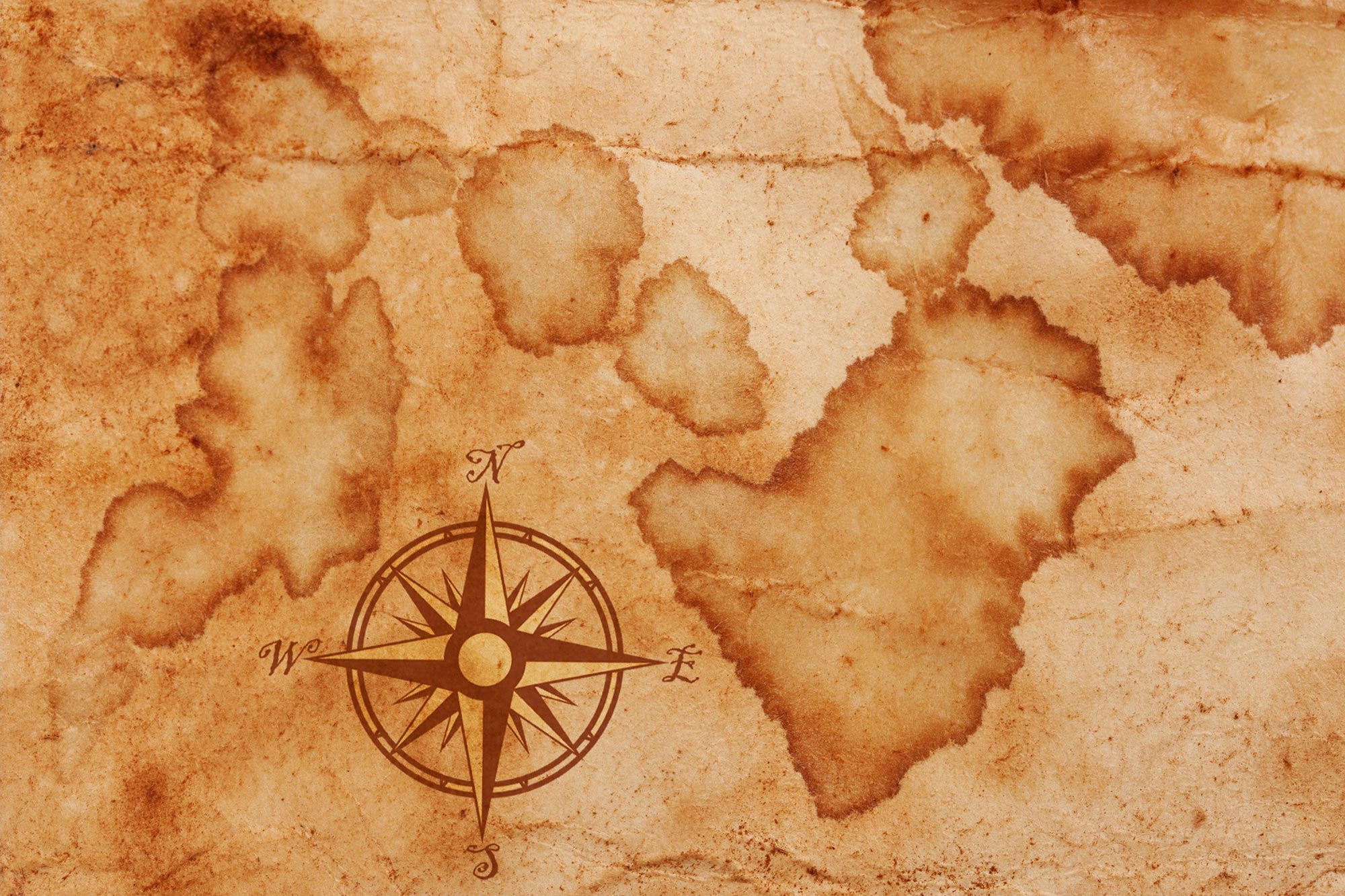
Posted on 09/12/2022 1:01:57 PM PDT by Red Badger

Old Map Islands
The study was inspired by the Gough map, which depicts two “lost” islands in Cardigan Bay offshore west Wales, United Kingdom.
A new study of coastal geography finds that the lost islands mentioned in Welsh folklore and poetry are plausible. New evidence on the evolution of west Wales’ coastline has shown a Welsh tradition going back to the medieval era of a landscape lost to the sea is plausible.
The researchers from Swansea University and the University of Oxford suggest how two islands came into being and subsequently vanished using geological data and a medieval map.
The study was inspired by the Gough Map, the oldest surviving map of Great Britain. The map is believed to have potentially originated from the thirteenth century and is currently housed in Oxford’s Bodleian Library.
The map depicts two lost islands in Cardigan Bay in west Wales. Each of them is roughly one-quarter the size of the north Wales island of Anglesey. One is between Aberystwyth and Aberdovey, while the other is between there and Barmouth to the north.

Cardigan Bay Erosion
New research has shown that “lost islands” mentioned in Welsh folklore, could be the remnants of a low-lying landscape underlain by soft glacial deposits laid down during the last ice age. Since then, forces of erosion have worn away the land, reducing it to islands, before these too were worn away and disappeared by the sixteenth century. Credit: Prof Simon Haslett, Swansea University
Simon Haslett, Honorary Professor of Physical Geography at Swansea University, and David Willis, Jesus Professor of Celtic at the University of Oxford, conducted the research.
Their research analyzes historical sources as well as geological evidence from the seafloor and shoreline. It suggests a model for how the coast has grown since the last ice age 10,000 years ago, which provides a possible explanation for the ‘lost’ islands.

Black Book of Carmarthen
The Black Book of Carmarthen (1250 approx) is believed to be the earliest surviving complete manuscript written in the Welsh language. This extract says, in Welsh: “Stand forth, Seithenhin, and look upon the fury of the sea; it has covered Maes Gwyddneu.” The new research on the evolution of the coastline in west Wales suggests that claims such as this of a drowned land are plausible. Credit: Llyfrgell Genedlaethol Cymru/National Library of Wales
They speculate that the islands are the remains of a low-lying terrain underlain by soft glacial deposits from the last ice age. Since then, erosional processes have worn away the land, reducing it to islands, before these too were worn away and disappeared by the sixteenth century.
As finer sediments of glacial deposits are eroded away, the larger gravel and boulder component is left on the seafloor. The position of the islands coincides with the location of submarine accumulations of gravel and boulders, known locally as sarns.
Simon Haslett and David Willis Prof David Willis (l), Jesus Professor of Celtic at the University of Oxford, and Prof Simon Haslett (r) Emeritus professor of geography at Swansea University. Their research showed that myths about lost islands on the west Wales coast were plausible. Credit: Prof Simon Haslett, Swansea University
Professor Simon Haslett of Swansea University Department of Geography said: “We know that the west Wales coast has changed significantly over time. Evidence from the Roman cartographer Ptolemy suggests the coastline 2000 years ago may have been some 13 km further out to sea than it is today. The Gough Map is extraordinarily accurate considering the surveying tools they would have had at their disposal at that time, and the two islands are clearly marked.”
He continues, “Our research increases our understanding of potential coastal processes acting along the coast of Cardigan Bay. It can also help with future research on post-glacial evolution of similar lowlands in other parts of northwest Europe. Understanding coastline dynamics has never been more important. Some towns along the area we studied are vulnerable to climate and sea-level change, and it has been suggested that it may lead to some of the first climate change refugees in the UK.”
David Willis, Jesus Professor of Celtic Studies at the University of Oxford, said: “Our evidence may provide an explanation of how the story of Cantre’r Gwaelod (‘The Hundred of the Bottom’) may have arisen. This lost land is said to have suffered a catastrophic inundation and is referred to in poetry in the Black Book of Carmarthen and in later folklore.”
Reference: “The ‘lost’ islands of Cardigan Bay, Wales, UK: insights into the post-glacial evolution of some Celtic coasts of northwest Europe” by Simon K. Haslett and David Willis, 11 June 2022, Atlantic Geoscience. DOI: 10.4138/atlgeo.2022.005
PinGGG!.......................
How far from Hanalei and where Puff the Magic Dragon resided?
Ancient Astronaut Theorists believe…….
ancient map or ancient coffee spills...
my money is on the coffee spill.
ancient map or ancient coffee spills...
my money is on the coffee spill.
Brigadoon???

bttt
Yup, just looks like water stains.
is such a thing even possible?
Yes! Yes it is.
It’s next to The Island of Sodor.
Geologist have found evidence of a land bridges between Europe and the UK, Japan and China, Eurasia and North America.
Also, the Mediterranean Sea had pretty much dried up.

Seithenhin, faw de allan ac edrychxxxx xxxx xxxx mor maes gwyddneu xxxx
allan="out", mor="sea", maes="field", edrych="to look", ac="and"
Yes! Thomas the Tank Engine!

Disclaimer: Opinions posted on Free Republic are those of the individual posters and do not necessarily represent the opinion of Free Republic or its management. All materials posted herein are protected by copyright law and the exemption for fair use of copyrighted works.